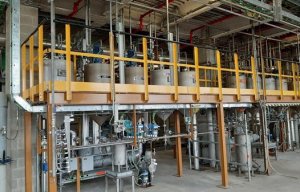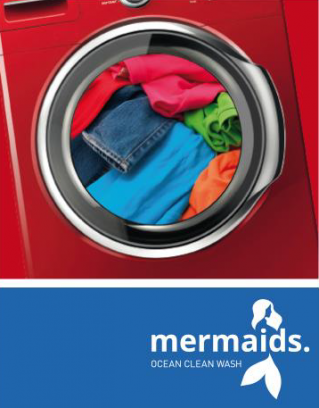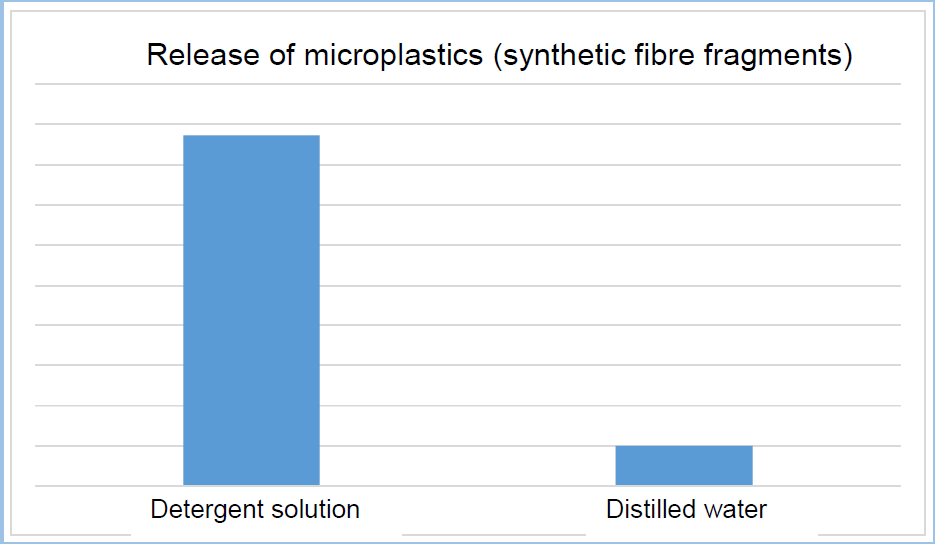
Ulysses project success with renewable polyamides
The project aims to mitigate the environmental impact of micro- and nanoplastic particles resulting from laundry wastewater on European sea ecosystems.

22nd January 2016
Innovation in Textiles
|
Gandino
The demonstration project with a total budget of EUR 1,287,123, is among those approved within the framework of the Life+ (Life+13) programme, the European financial instrument for the environment.
The objective of the Life+ Mermaids project is to mitigate the environmental impact of micro- and nanoplastic particles resulting from laundry wastewater on European sea ecosystems. It does so by demonstrating and implementing innovative technologies and additives for laundry processes and textile finishing treatments.
The environmental impact of microplastics on marine ecosystems is a complex issue. The problem has many causes, one of which involves the release of micro- and nanoplastic particles from synthetic fibres into wastewater during the laundry of synthetic or mixed fabrics. This particular aspect (which accounts for an estimated 10% of microplastic pollution as a whole) is the subject of this collaborative project.
Every wash of synthetic or mixed fabrics releases fibre fragments, from less than 5mm to only a few microns in length, which wastewater treatment plants are not able to capture. The findings arising from the collaboration with CNR will allow RadiciGroup to assist its customers in choosing the best products to help reduce the quantity of microplastic fibres discharged into sea ecosystems.
“We decided to offer to collaborate with the Biella CNR-ISMAC Institute, a partner and active participant in the Mermaids project, because we think that a scientific approach to the problem and the proactive engagement of the entire textile value chain – from the manufacturer to the final consumer – are the essential components of a plan having the objective to shed light on the important issue of the environmental impact of microplastics coming from the laundry of textile garments,” said Filippo Servalli, marketing manager of RadiciGroup.
The studies already conducted by CNR-ISMAC, including tests on knitwear samples made of RadiciGroup polyamide and polyester continuous yarn, have contributed to identifying a series of factors responsible for the release of microplastic fibre fragments from textiles containing synthetic fibres, during both domestic and industrial washes.

As recently documented by the ISMAC team working on the project, “among the most critical factors identified as having a major influence on the release of microplastic fibres” are the intensity of the treatment and the type of detergent used. Other secondary factors were also evaluated, such as, the characteristics of the textile substrate and, together with RadiciGroup, continuous filament treatments (bulking and dyeing).
Industrial laundry tests performed in a laboratory on RadiciGroup samples demonstrated how the same material releases, on average, nine times more microplastics when using an alkaline detergent solution, compared to pure distilled water.
The results obtained from the study conducted on its PA and PET yarns have allowed RadiciGroup to identify some factors, tied to the yarn’s characteristics, that can be taken into consideration, starting at the fabric design phase, in order to reduce the release of microplastics.
“The experimental data have shown, for example, that for both PA and PET solution-dyed yarns the values of the parameters affecting microplastic fibre discharge are lower than for other types of yarn,” said Daniele Dossi, quality manager of Noyfil SA.
“These results, together with other findings arising from the collaboration with CNR, will enable us to assist our customers in choosing the best products for their final use in terms of performance, on the one hand, and reduce the impact of released microplastic fibres, on the other.”

Business intelligence for the fibre, textiles and apparel industries: technologies, innovations, markets, investments, trade policy, sourcing, strategy...
Find out more